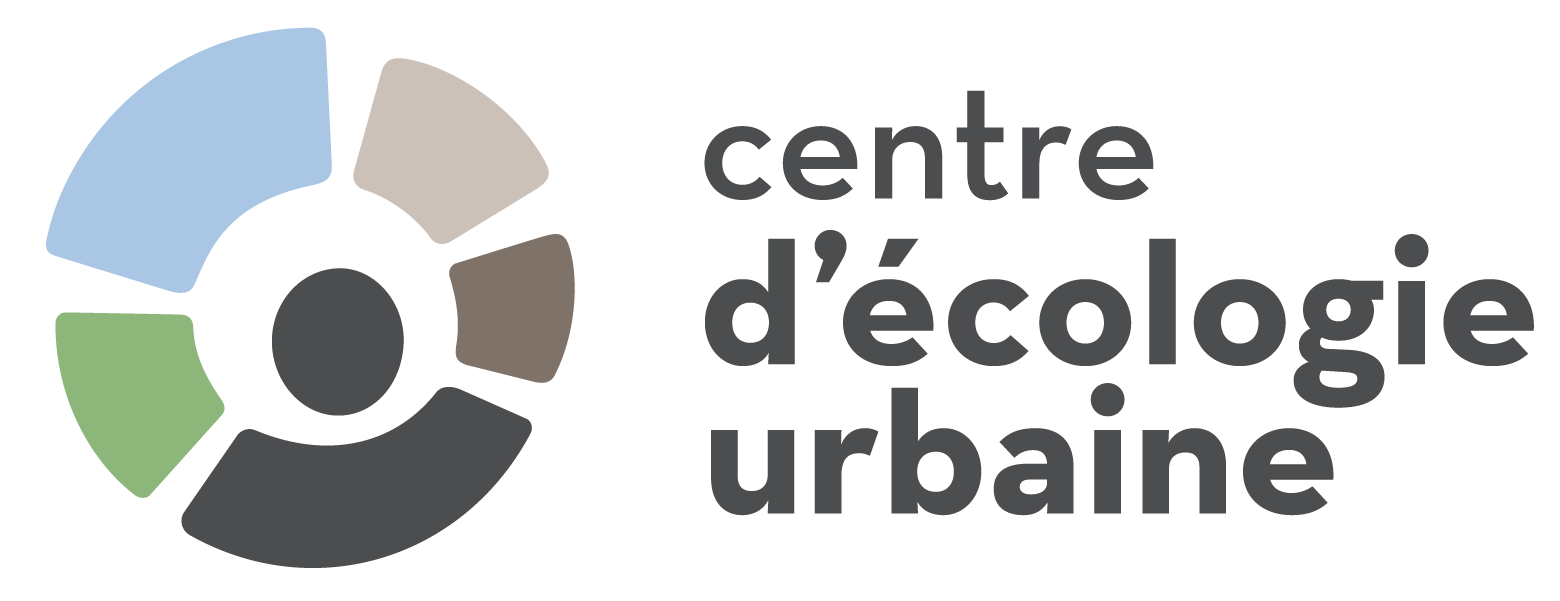Collaboratively identify key assets or areas of concern
Using a 3-D neighbourhood model or a printed base map, allow residents to use colour-coded stickers or pins to identify places where they live, work, play, and travel or that solicit emotions like pride or fear. Provide a colour-coded key, so that residents select the appropriate sticker or pin. You can provide sticky notes to capture more specific quantitative feedback about certain areas of the neighbourhood.
Asset mapping gathers qualitative data about residents’ experiences of their neighbourhood. This tool results in a visual map that identifies key neighbourhood nodes, and signals areas of concern. This can help you identify focus areas for proposed design interventions. In addition to this data, asset mapping is an accessible and easy activity for people to engage with, and it can build excitement and awareness of the project.

- This activity is great to bring to community events or pop-up consultation kiosks. Provide a “you are here” reference to help people orient themselves on the map or model!
- Asset mapping is a great way to engage children and youth.
- You can pair this activity with more traditional surveys to gather additional information.
- Do this activity often! The more stickers or pins, the more interesting and robust the data.

